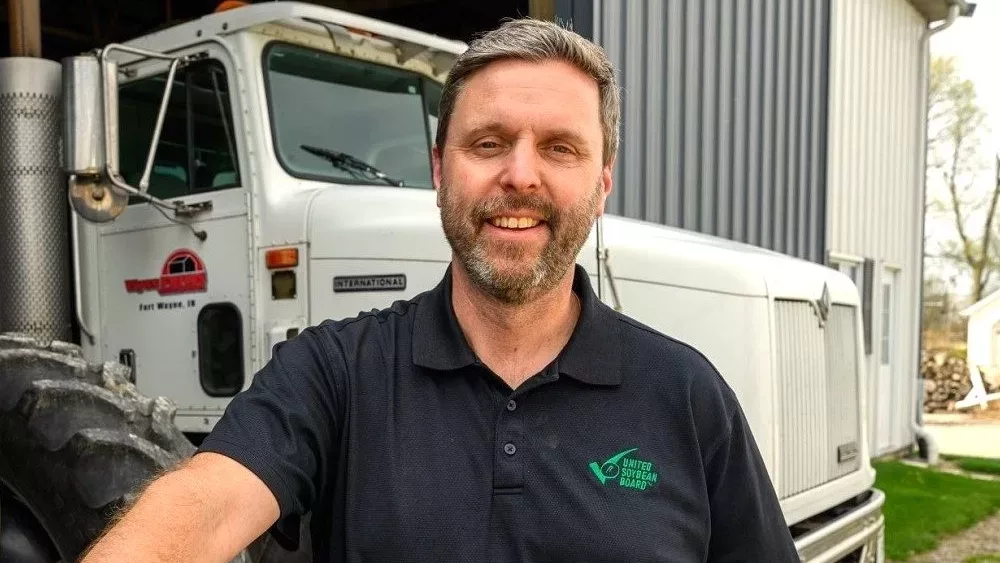Livestock markets hit hard too
 The Coronavirus impact index. It was running very hot last week, and even though some markets saw a minor correction Friday, namely crude oil and the stock market, others continue to languish. Livestock producers certainly don’t like what they’re seeing. Both the live cattle and lean hog markets lost $10 on the April contracts over the course of last week.
The Coronavirus impact index. It was running very hot last week, and even though some markets saw a minor correction Friday, namely crude oil and the stock market, others continue to languish. Livestock producers certainly don’t like what they’re seeing. Both the live cattle and lean hog markets lost $10 on the April contracts over the course of last week.
Analyst and broker Bob Utterback says the fear factor is certainly pressuring those markets.
“I think so, because we can’t get rid of the product and now, we’re going to slow down the economy,” he said. “People are not going to be eating out, so the retail demand is going to slacken up and we’re coming into a time period seasonally where we have a lot more pork and beef product available to the market. So, it’s a culmination of several things affecting negatively. The demand market is getting slack and supply is not backing off, and it’s not like corn and beans. There is a time limit how long you can back up this inventory.”
The corn and soybean markets didn’t have a good week last week, but Utterback says the cattle and hog market believes the inventory must be flushed in order to bounce back.
“There’s more downside risk on cattle and hogs to flush than there is in corn and beans. Corn and beans we can back away, but hogs and cattle we can’t, and that’s structurally one of the biggest problems the cattle and hog market has. If retailers are not buying, and we’re not cooking out, and we’re not going to the restaurants, and we’re not vacationing, how’s that going to affect the higher priced meat products? How much is that going to back us up, and the market is discounting for all that right now.”
Utterback is with Utterback Marketing Services based in New Richmond, Indiana.
The May corn contract lost 10.5 cents last week, and May soybeans dipped over 42 cents.
Over the weekend the National Cattlemen’s Beef Association issued a statement reflecting ongoing efforts to monitor the pandemic and how the industry, USDA and Congress can help maintain the beef supply. The statement is from NCBA CEO Colin Woodall.
“There is a great deal of uncertainty about the ongoing impact of Coronavirus on the beef industry and the United States as a whole. At this time, it’s impossible to measure the full effects of the virus or determine how it may continue to unfold. Although the full beef supply chain is being challenged by the outbreak, all segments of the industry are working closely together and must continue to do so. The current uncertainty facing beef producers is shared by all of agriculture and every American. By working together, we will overcome these obstacles.
“As Coronavirus has spread in the United States, NCBA has been in daily communication with participants from every sector of the beef supply chain. We’re working closely with cow-calf producers, stocker operators and feedlots. We’re also communicating regularly with packing sector participants, restaurant and retail operations. Every one of these operations is facing unique challenges and many shared burdens. As we continue to work through this crisis, we must do everything in our power to safeguard every sector of the business from disruption while ensuring cattle and beef continue to move in an orderly manner.
“In addition to working within the beef community, NCBA is working closely with Congress, USDA and many other regulatory agencies to remove possible barriers to beef production. Our work in Washington, D.C., will help keep the supply chain full and create the necessary food security required by consumers through the entirety of this event. Consumer demand for beef remains strong, and producers across the industry remain ready to provide the safe, delicious, high-quality protein that’s required and desired around the globe.
“NCBA will continue to work with our members and partners throughout the beef supply chain to facilitate communication. By working together, every segment of the beef community can serve a role in returning the industry to normalcy as quickly as possible.”





